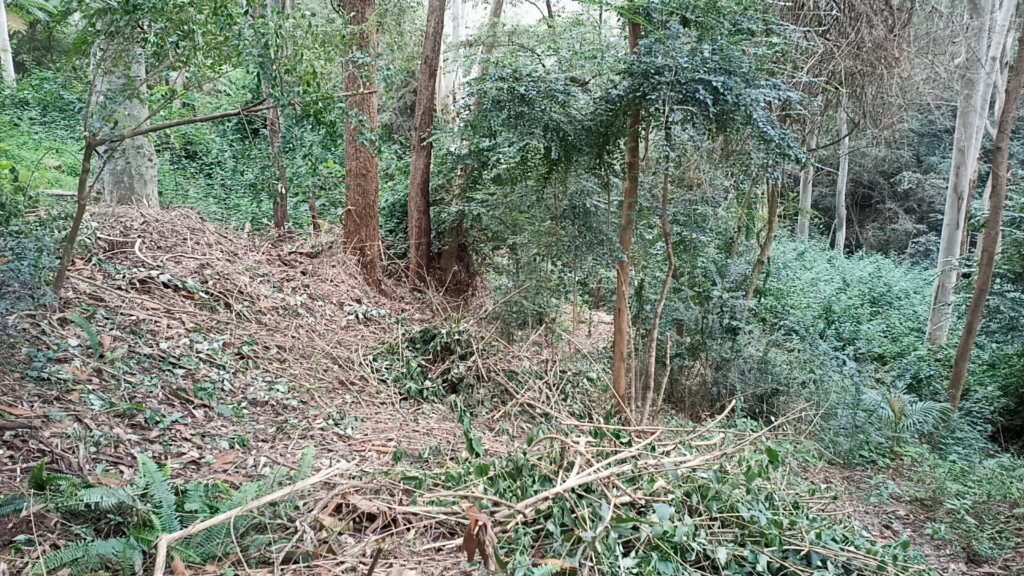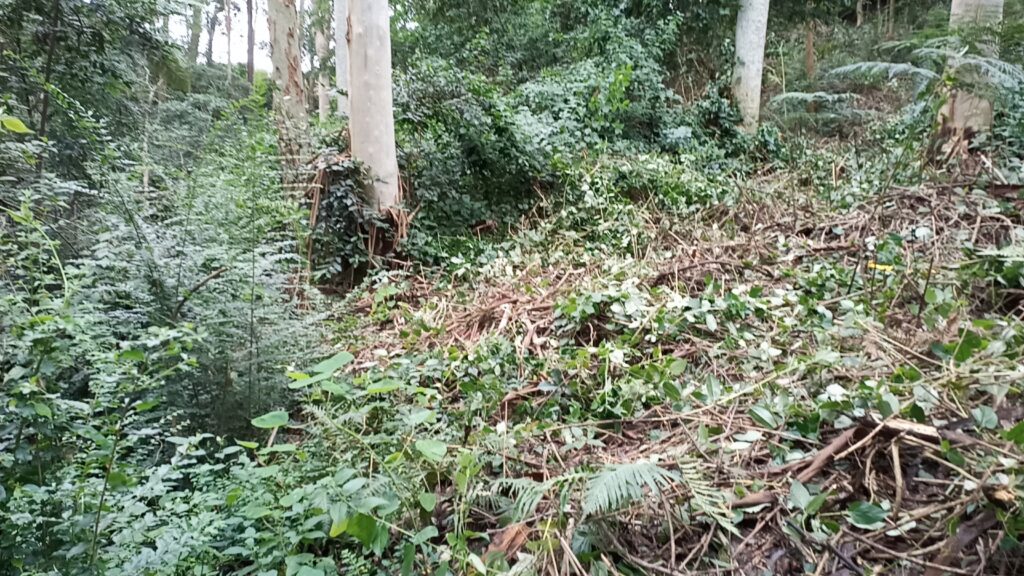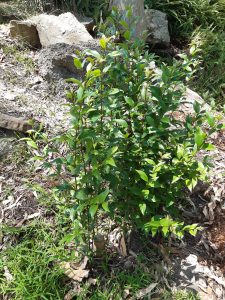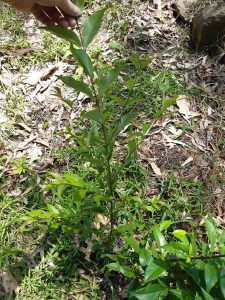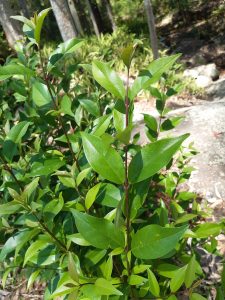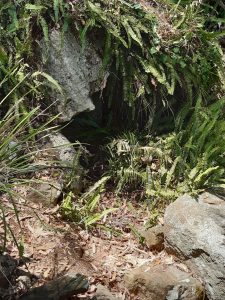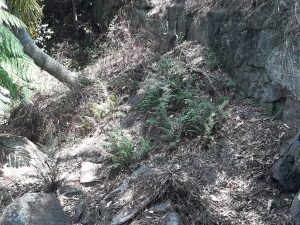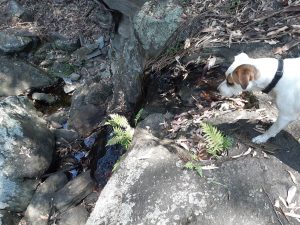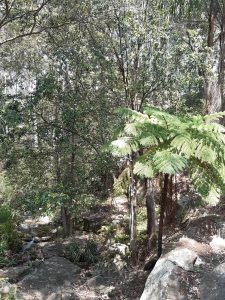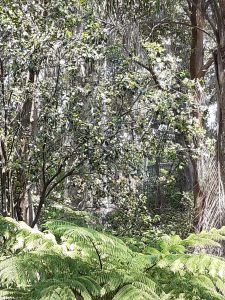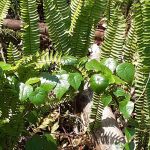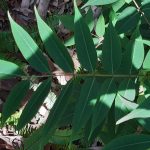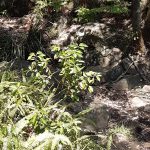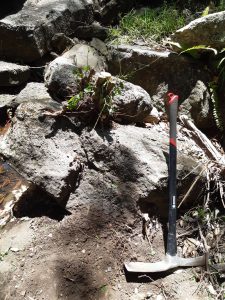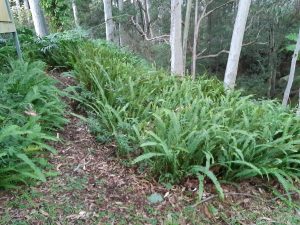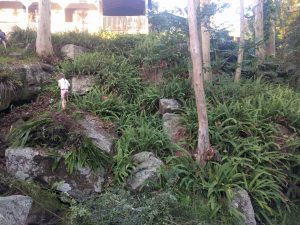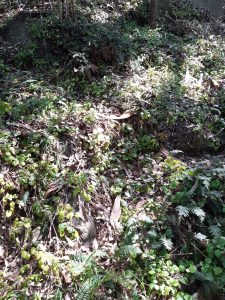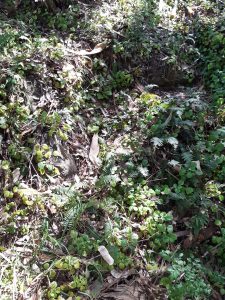Dick’s Creek had a visit from the green team from the lake macquarie landcare resource center during the week. Many hands make light work and that was definitely the case on the day. Some good progress was made on the day despite delays due to rain. While there on the day I noticed some sections done previously had sprung back. Namely lantana and privet as usual. I have been quite taken back by the speed that everything is growing at present. Rain is great for all the plants, weeds included unfortunately.
Yesterday, I had a chance to get some guards around the Cheese saplings I planted a month or so ago.
Everything is looking super green at present. Maiden hair along the cliff face next to the first falls has never been so abundant.
[metagallery id=394]
Palm grass is looking a bit too healthy at various places along the creek. At placed, I need to consider erosion control. When the water flows fast, it takes anything that is loose down stream so sometimes it is just better to leave some weeds in place for this reason. Here is what I am describing…
Further along, I am pushing back the swedish Ivy as various ferns show up. Hopefully it is a case of slowly does it. Things are looking much better but it can all go backwards quickly if I don’t keep an eye on it.
A trail that I often used that leads from the second falls around to site A was enveloped by fishbone fern. Impressive. Annoying but still impressive. I cleared the trail. This video shows the area and also one of the areas done by the green team.
Also done by the the green team and I last Tuesday…
Continuing on from that section I cleared lantana and privet back down the creeks edge (which still needs some serious privet treatment).
Here is the summary of the day which I try to do for each working bee. It was a good day…


